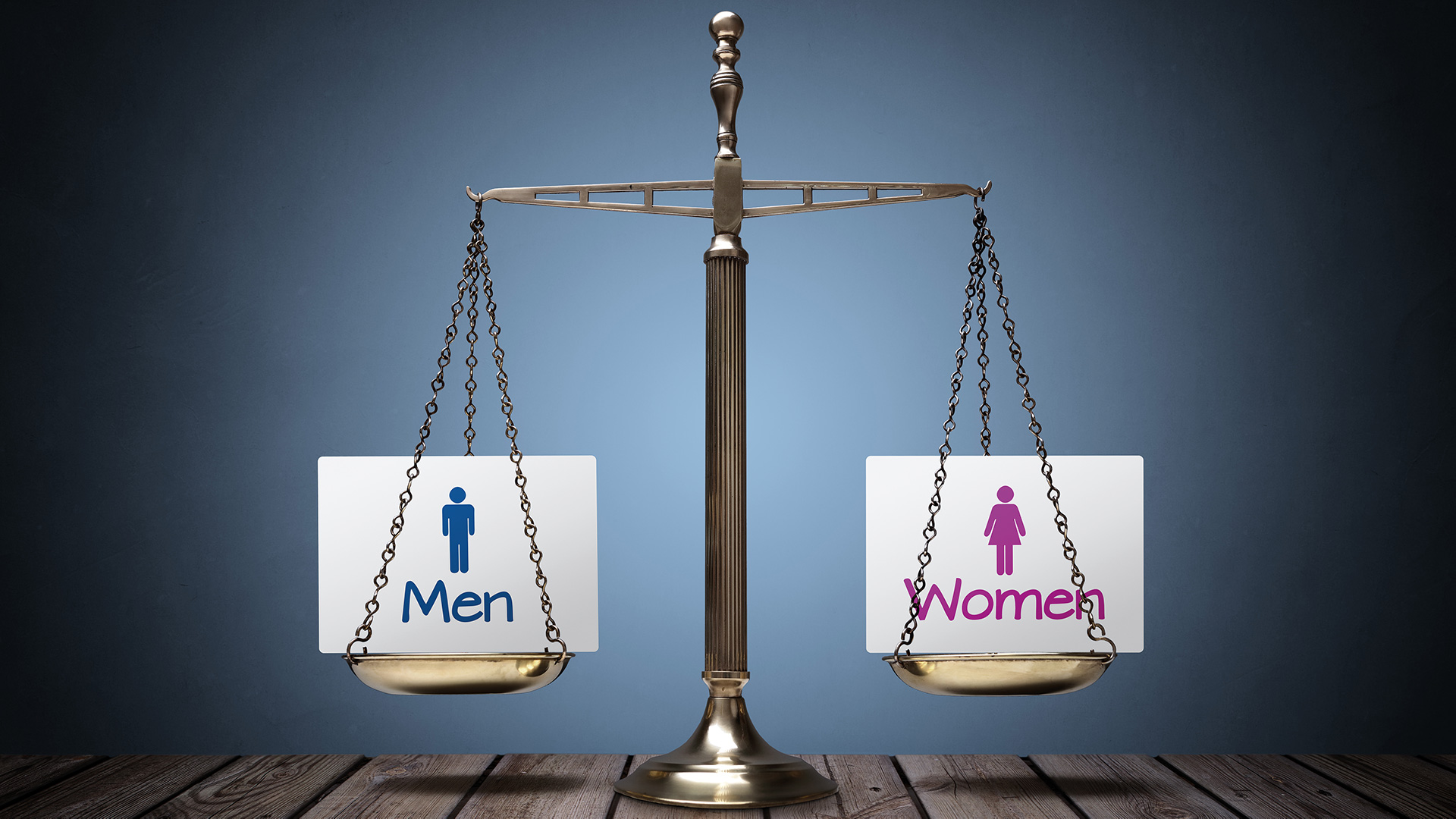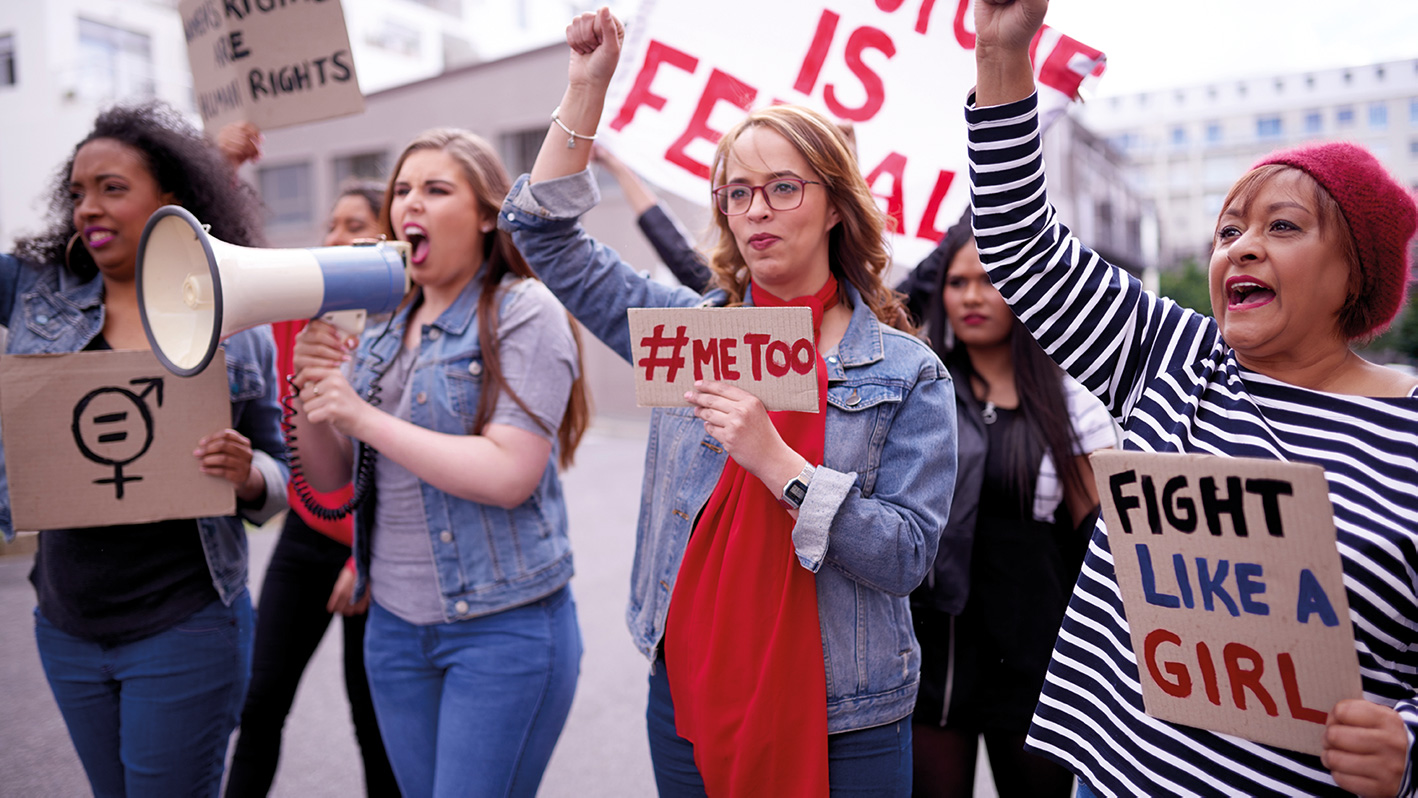
In March, Captain Marvel, the latest installment in the Marvel cinematic universe (MCU), was released amid a storm of controversy.
Starring Brie Larson in the title role, Captain Marvel is the first MCU movie to feature a female lead. This was incredibly empowering for me as a young woman; I felt like I finally had a Marvel character I could see myself in and relate to. However, this opinion is not shared by everyone. Even months before its release, Captain Marvel was under heavy fire. Online trolls attacked the movie on Rotten Tomatoes to drive down the ratings, and calls to boycott it circulated the internet. Complaints included that Larson didn’t smile enough, that she had too much power and that she and Marvel were pushing a “feminist agenda”.
According to Merriam-Webster, feminism is the belief that men and women should have equal rights and opportunities. If this definition is correct, why are people so upset about the feminism in Captain Marvel ? Well, it seems that, amid misunderstandings and myths, the original meaning and goal of feminism has been lost, replaced with the vitriol and sexism against men that, in the minds of many, characterises contemporary feminism.
Feminism in Australia and New Zealand began to stir in the mid-1800s, a time when women were allowed only a limited education, denied the right to vote and unable to own property. Additionally, the National Museum of Australia says “Women’s bodies were not their own—birth control was illegal and a woman often had to be sexually available to her husband whenever he wanted.” Early feminism aimed to dismantle the systems that relegated women to second-class citizenship, and to grant women basic human rights and a more equal standing with men in society.
As a result of early feminist efforts women can now vote and run for office, discrimination on the basis of gender is illegal and, as author Nicholas Kristof writes, “The tide of history is turning women from beasts of burden and sexual playthings into full-fledged human beings.”
The reduction of overt gender discrimination has led some to the incorrect assumption that gender equality has been achieved. The facts suggest otherwise: in Australia, women, who make up 50.7 per cent of the population, take home an average of $251.20 less per week than their male counterparts, a gender pay gap of 15.3 per cent. More than half of women aged 18 and older have experienced sexual harassment at some time in their lives. A quick search on the Parliament of Australia website shows women in government remain significantly under-represented, making up only 32 per cent of sitting members. Globally, almost 750 million women and girls alive today were married before their eighteenth birthday and at least 200 million have undergone female genital mutilation. According to the Borgen Project, women make up two-thirds of the world’s illiterate population and less than 40 per cent of countries offer equal access to education for both genders.

In the face of these inequalities, the need for continued advocacy of women’s rights is clearly evident. According to the BBC, however, many young women don’t identify with the term “feminist”, associating it with man-hating, lesbianism and a lack of femininity. While this may be the result of misconceptions and stereotypes, the focus of some extreme feminists does appear to be bashing and degrading men, as well as belittling women who choose to pursue a more “traditional” lifestyle. This has obscured feminism’s initial intent to promote equal rights for women and has done nothing to bring peace in the battle of the sexes.
Though Christianity has had an unfortunate history of misogyny, some may be surprised to learn that gender equality is a concept supported by the Bible. In the Garden of Eden, “God created mankind in his own image . . . male and female he created them”(Genesis 1:27). There was no distinction in rank between the two genders. Though they were different, they were equally perfect and equally valued by God as the pinnacle of creation. Though the effects of sin led to men dominating women, that wasn’t God’s original plan. Time after time throughout the Old Testament He made provisions for women, elevating their status and ensuring that they couldn’t be abused. The book of Ruth, in particular, illustrates these concerns.
In the decidedly patriarchal culture of first century Palestine, Jesus treated women as equals. He saw them when no one else did. He took the time to speak to a broken, lonely woman at a well (John 4:1–42). He encouraged women to spend time with Him, together with men, listening to His teaching (Luke 10:38–42). He saw, forgave and protected a woman caught in adultery (John 8:1–11). He completely disregarded the rules of ritual purity and engaged with a bleeding woman, refusing to condemn her for touching Him (Luke 8:43–48). Even when dying on the cross, He ensured that His mother would be provided for (John 19:26). And after rising from the dead, the first person He appeared to was Mary Magdalene, a woman (John 20:11–16). Not once did Jesus show partiality to men over women. Years later, the apostle Paul put words to Jesus’ actions: “There is neither Jew nor Gentile, neither slave nor free, nor is there male and female, for you are all one in Christ Jesus” (Galatians 3:28). In the eyes of God, women are equally as important and valuable as men.
Today, feminism in the West no longer needs to strive to attain the vote for women or access to education. However, achieving these goals was only the beginning. Gender inequality and discrimination against women continue to be issues of global significance. As we as a society continue to strive towards equality, both globally and locally, we also need to remind both men and women of the issues at the heart of what feminism really means: that men and women are equal, created in the image of God.
Caitlin Jankiewicz lives in Berrien Springs, USA. She studies computer science and maths at Andrews University. With a penchant for writing, she also enjoys rock climbing and baking.













